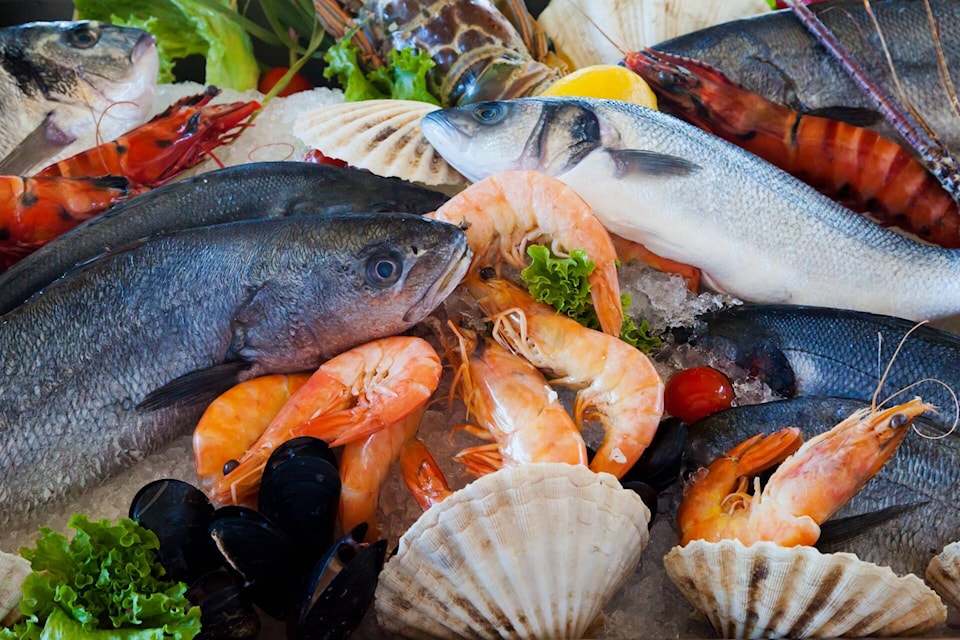Oceana Canada, a charity focused on ocean conservation, is calling on the federal government to move ahead with its commitment to implement a ‘boat-to-plate’ traceability system to cut down on seafood fraud.
Seafood fraud refers to the misrepresentation of seafood products, which is done to sell them at higher prices or obfuscate such things as illegal fishing practices or human rights abuses. Canada currently lacks a requirement to trace the movement of seafood products through global supply chains, meaning this fraud continues to affect Canadian consumers.
“Right now, an endangered species of fish caught by modern slaves on a vessel fishing illegally can make its way onto Canadian supermarket shelves with no way for consumers to know its true origin,” said Sayara Thurston, Oceana Canada campaigner.
“Without full-trade traceability, it’s impossible to prevent these products from coming into the Canadian market.”
One of the most common types of seafood fraud is species substitution, where one type of fish is labelled as another, typically more expensive, species. Oceana Canada has tested fish being sold in Canada and have consistently found around half of tested samples are mislabelled as the wrong species.
Canada is not alone in dealing with this issue.
“Seafood fraud and mislabelling are pervasive around the world, and that it’s largely driven by illegal, unreported and unregulated fishing,” said Thurston.
It is estimated that up to one in five fish globally are caught illegally.
Despite the Canadian government’s commitment in 2019 to implementing a boat-to-plate tracing system — meaning products are tracked throughout the supply chain — little progress has been made to date.
“We’ve had consultation with stakeholders, but no plan has been put forward,” she said. “There’s no timeline or strategy for getting this in place, which is leaving consumers open to these illegal products coming into Canadian supply chains.”
Other jurisdictions have implemented tracing mechanisms to address illegal fishing. This includes the European Union and the United States, with a similar regulatory system being developed in Japan.
“We’re coming to this at a fortunate moment, because these other global markets have paved the way,” she said. “We know it can be done.”
Adopting this change would help Canadian fishers too — who are required to provide this information to international buyers, but compete with firms without the same requirement for importing to Canada, she said.
Another need is improving end-product labelling for consumers, which currently can hide points of origin, lack harvesting information and provide only general names like “snapper” used to refer to dozens of species.
“Even if you’re trying to make sustainable choices as a consumer, there’s no way for you to know where something really comes from.”
READ ALSO: Recreational Chum salmon fisheries in B.C. affected by low returns
Vancouver Island study disentangles river and marine stressors on salmon and trout
sean.feagan@campbellrivermirror.com
Like us on Facebook and follow us on Twitter
